Fill The Motocross Off Season With Useful Activity
Fill The Motocross Off Season With Useful Activity
The off season in motocross can feel long, but it can be filled with useful activity.
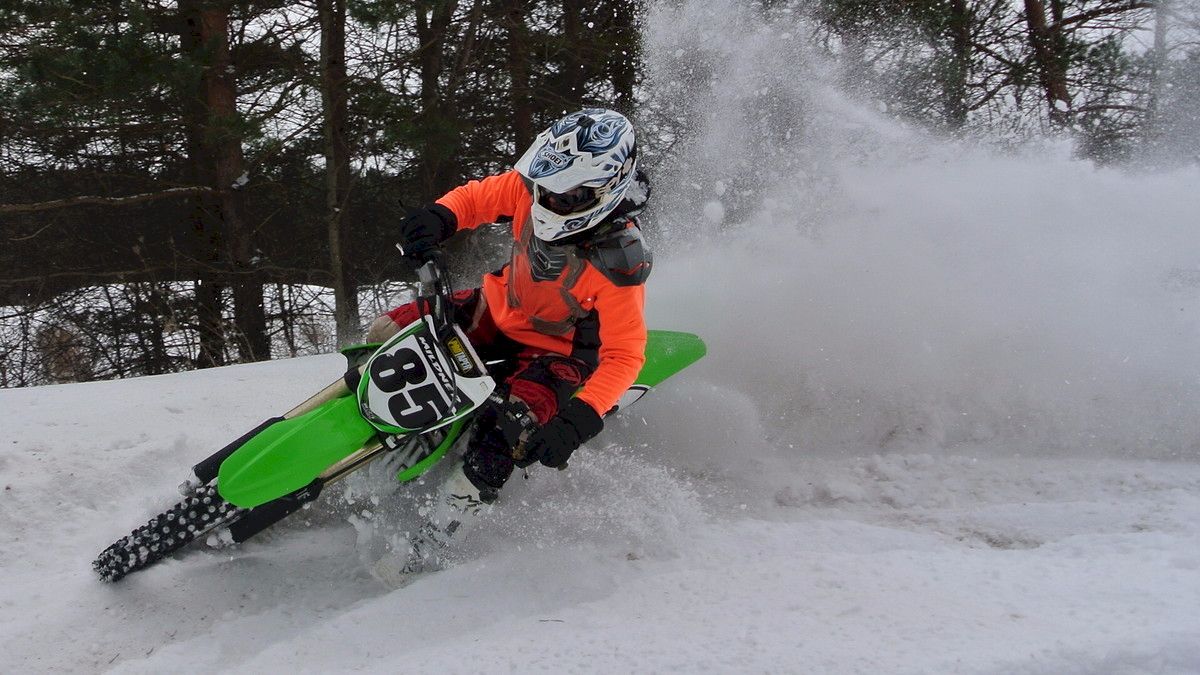
By Race Chapman
Everybody knows the worst part of the year for a motocross fan is the period between October and January. Without a single professional motocross race, and cold weather potentially hampering track time, it can be a long stretch of involuntary motocross abstinence. So what is there to do during this downtime?
Watching football is an option, although a racing fan will often quickly become disillusioned by the slow pace and inherently subjective nature of non-racing sports.
Naturally, the best option would be to head out to the local track and get some riding time. But, it's a safe bet that everyone was already spending as much time at the track as they could afford. And for those unlucky riders in more northern climates, the season for moto has likely long passed.
One option is to perform deep maintenance on your bike.
Take the extra time to inspect items that normally go unnoticed. Perhaps there's a new top end that was ordered during the middle of the summer, and now is the perfect opportunity to tear apart the bike and slap it on. Or maybe it has just been awhile since all the axles have been greased (don't forget the swingarm axle) and all the bolts checked.
Bolts that rarely get touched during regular maintenance are more likely to unexpectedly come loose, as they often go neglected and can back themselves out due to vibration. Also, take apart the shock linkage and pack some fresh grease in there.
Poring over every little part of the bike is not only prudent, it can often help find broken or stressed parts that would have otherwise been neglected. By doing this, an expensive repair can be avoided with ease.
If power washing is regularly done on a bike, all the bearings and seals are more susceptible to degradation as water will sneak through the cracks. Make sure every moving part is well lubricated and the suspension will react more consistently and avoid annoying and potentially costly replacement.

Riders can also get some practice in – even if it is not traditional training.
Science has proven that mentally practicing an activity can markedly improve your performance.
Obviously physical practice is the most effective, but visualizing yourself riding and racing is actually an effective tool to maximize your time off the bike. The best part is that this can be done at any time, with no preparation or tools. It can even be combined with other training - such as running or biking - to give yourself an edge, and reduce the "rusty" effect from being off the bike.
Likewise, video games can actually be a useful way to keep one's mind sharp. Many will scoff at the idea, as video games have a reputation for being a mindless time-waster, and an immature one at that. But the reality is very different.
Professional gamers have extraordinary reaction times, often on par with that of fighter pilots. They also have an excellent ability to multitask, and have good control and regulation of their stress hormones, including adrenaline.
What this means for the motocross racer is that practicing a competitive video game can improve some aspects of your racing. For example, learning to control stress and anxiety during a competitive game can improve the ability to do the same on the starting line, or during an important battle on the track. Anybody who has played a challenging game can attest to how frustrating they can be, and knowing how to control that frustration and overcome it is paramount to any athlete.
Reaction times are directly applicable to motocross, as the entire sport is based upon reacting to changing track conditions, bike physics, and competitors' movements. If a video game can be used to improve one's innate reaction time, it can be a massive boon once they hop back on the motorcycle.
In addition, playing games relevant to motocross racing can give a rider a fresh outlook on the sport. Since most people can't come close to matching their performance in a game on a real track, it can give a unique perspective on things that might not be apparent at their regular skill level. Once they have new ideas on what to work on in real life, they can translate that into interesting and challenging drills on the bike.
Watching videos of professional riders is another way to get a fresh look at the sport – and also to humble one's own perspective. Pay particularly close attention to helmet cam footage, as it can reveal important information about body positioning, braking points, line selection, and so on. These can't always be seen from the third person, so with the popularity of the GoPro and similar cameras, there is an entire wealth of knowledge that is waiting to be tapped.
Fortunately, many old motocross races from the 90s and on were recorded and have been uploaded to YouTube. These can often expand the horizons of a racer more than modern motocross, as the bikes were more limited in capability and required a more aggressive style riding.
Adopting some of these techniques on a modern bike might be difficult, but the general "laziness" of a four stroke means there's a lot of little time that can be made up. Unless your name is Eli Tomac, Ken Roczen, Marvin Musquin, or Jeffrey Herlings, you can always hold it on a little longer, brake a little later, and coast a little less.
Tutorials and lessons are good too, but sometimes it's tough to apply that information when it's just told to you out of the blue. Especially when it could be weeks or months before the training can be applied. Besides, more information is retained when you come to a conclusion on your own accord.
Once a particular point of focus is noticed, make a note of all the little tips you learned, and areas of practice to reference later. It is very easy to get to the track, jump on the bike and promptly forget everything you had planned to focus upon. So having a little game plan with some notes is a huge benefit to any program. Also, writing them down will reinforce them in your mind, which means they'll be more instinctive when it is time to ride.
Aside from the mental benefit, doing this will keep your enthusiasm and motivation high. It means when you come back from break, you will be more prepared than your competition, and likely advance more quickly as well.
If you find yourself lamenting the loss of motocross during the early winter, get creative and you might become a better rider when it's time to get back on the track!
Related Content
 American Flat Track Mission Texas Half-Mile: How To Watch & What To Watch
American Flat Track Mission Texas Half-Mile: How To Watch & What To WatchApr 26, 2024
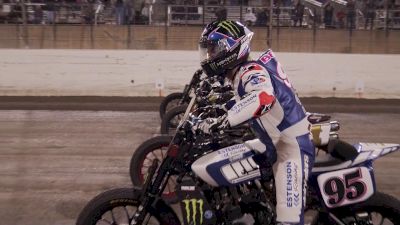 Flashback: 2022 American Flat Track Super Twins at Texas Half-Mile
Flashback: 2022 American Flat Track Super Twins at Texas Half-MileApr 23, 2024
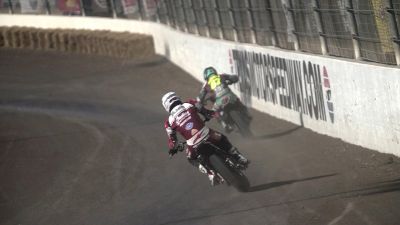 Hype Video: American Flat Track Heads To Texas Motor Speedway
Hype Video: American Flat Track Heads To Texas Motor SpeedwayApr 23, 2024
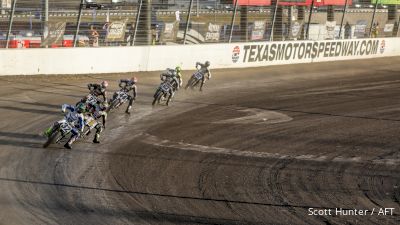 American Flat Track Stars To Shine Bright At Mission Texas Half-Mile
American Flat Track Stars To Shine Bright At Mission Texas Half-MileApr 23, 2024
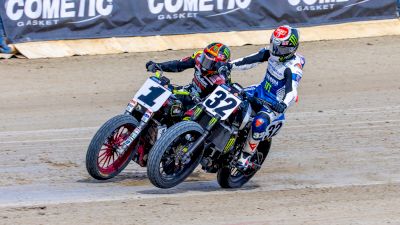 American Flat Track Results: Yamaha Senoia Short Track
American Flat Track Results: Yamaha Senoia Short TrackMar 25, 2024
 Highlights | 2024 American Flat Track at Senoia Raceway
Highlights | 2024 American Flat Track at Senoia RacewayMar 24, 2024
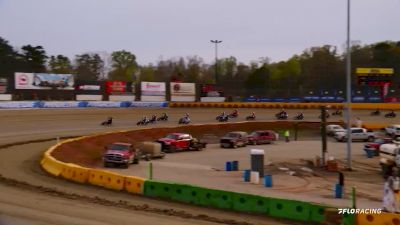 SuperTwins Main | 2024 American Flat Track at Senoia Raceway
SuperTwins Main | 2024 American Flat Track at Senoia RacewayMar 24, 2024
 AFT Singles Main | 2024 American Flat Track at Senoia Raceway
AFT Singles Main | 2024 American Flat Track at Senoia RacewayMar 24, 2024
 American Flat Track Yamaha Senoia Short Track: How To Watch & What To Watch
American Flat Track Yamaha Senoia Short Track: How To Watch & What To WatchMar 21, 2024